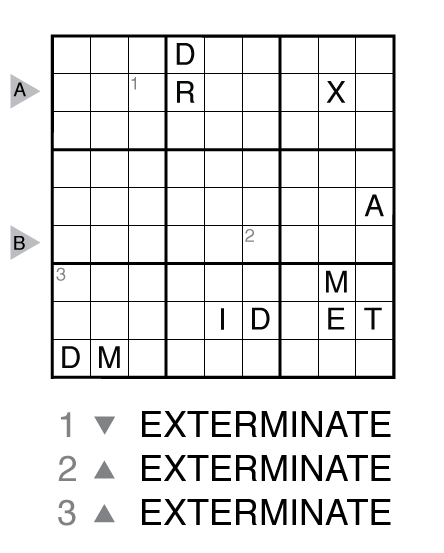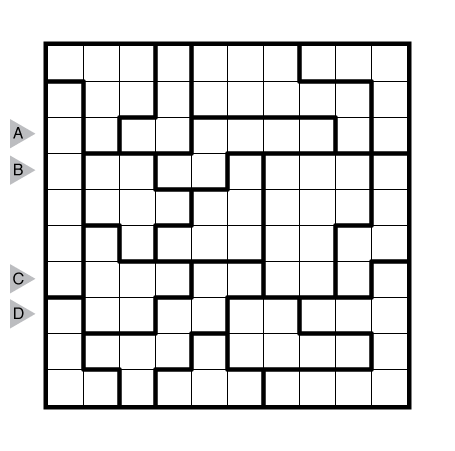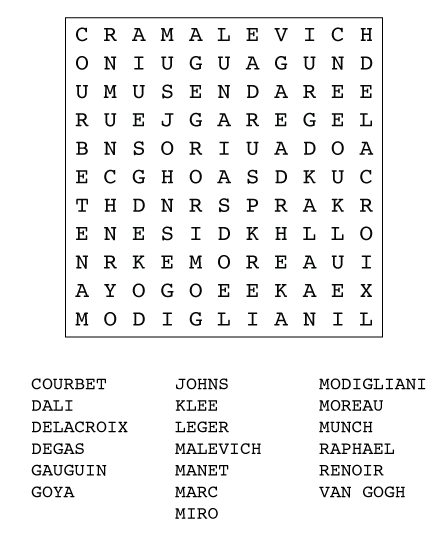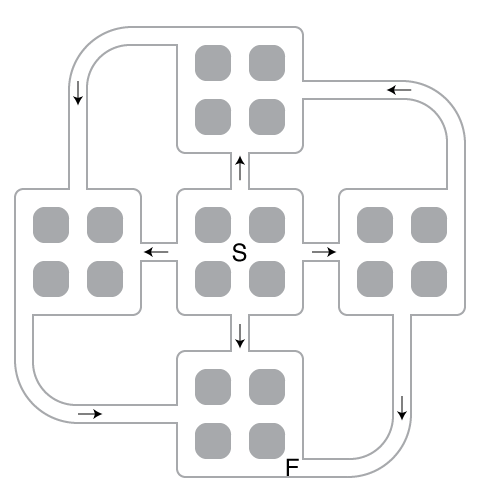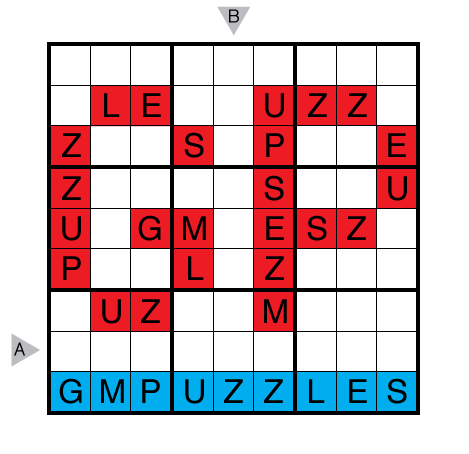And one more thing …
While the last week of posts covered the best of 2013 and some things to look forward to in 2014, I wanted to make a separate post about funding the site going forward.
To this point, our website has been free; but you must recognize that most of the puzzlemakers here have been blogging for years with very little reward for their work besides your thanks in comments. I set one year after launch as a point to have a discussion on when and if things should change from “free” to something else. I’ve dismissed for now adding either advertisements (unlikely to make much money) or registration costs (unlikely to let us continue to grow users) as a means of getting support for our puzzle writing. However, I’ve strongly considered going to a patronage system where people who want to support us have an easy outlet to do so. This is sometimes a “Tip Jar” on websites, but I don’t know that that is as effective as it could be. I’ve been interested in trying out new systems to directly reward devoted fans and also tap into social networks a bit more; to this end, we now have a Patreon page for people who want to contribute funds for our puzzlemaking.
The general idea of Patreon is to support creative people in a world where fewer and fewer content providers want to pay for quality work. Instead of supporting one big project, like Kickstarter and Indiegogo do, the goal at Patreon is to get patrons to support an artist as he/she continues to put out work. In our case, every time we deliver a month of puzzles, we would get some support from each of our patrons. This would help us reimburse our authors and pay for our website to keep running.
To encourage patronage, we have also set up some rewards. These include early access to puzzles, solution images, puzzle walkthroughs (one of our most unique features that we want to start doing regularly again), and even bonus puzzles or custom puzzles from our puzzlemasters. This bonus content will only be available to our supporters. When I spoke about monthly “Puzzle Packs” in the last post, I should have mentioned that the easiest way to get everything we do at Grandmaster Puzzles in 2014 is going to be to support us at Patreon at the Grandmaster level. Consider it a subscription to all the content we ever release as every PDF book we put out in a given month will go to supporters at that level during that month. Patreon recently added PayPal support, which should make it much more accessible for some of our solvers to consider funding us.
We realize this is a new idea — for us and for you — but we’d like you to consider what you get out of Grandmaster Puzzles and if you’d be willing to help it keep growing. We’re not putting up any paywall or ads; we’ll still have an (almost) daily puzzle here for awhile for anyone who wants to browse our site. But we can be bigger and better with your help. So please check us out over at Patreon.
-Thomas, writing for all of the contributors to GMPuzzles

